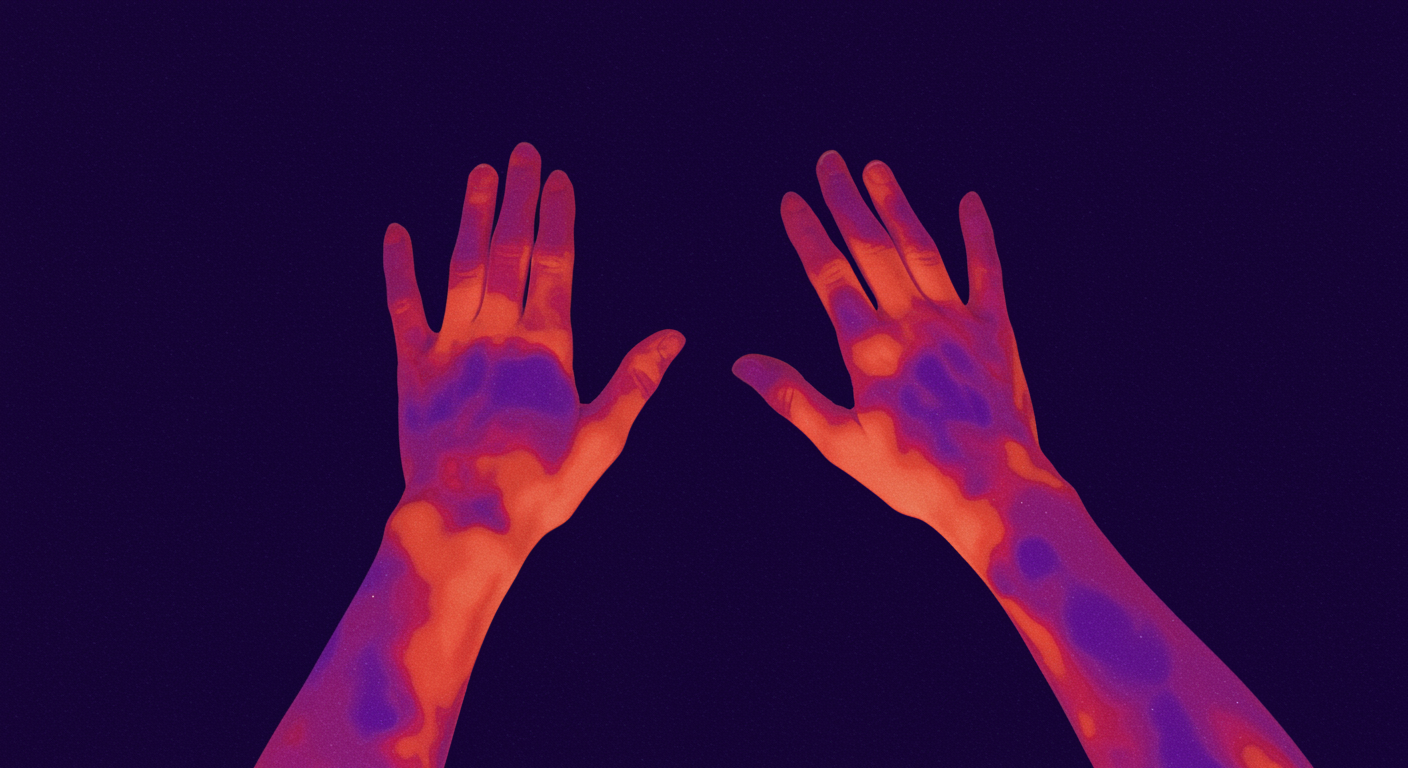Effects of Thermal Environment on Sleep and Circadian Rhythm
How Does Room Temperature Affect Your Sleep and Circadian Rhythm?
The thermal environment profoundly influences both sleep quality and circadian rhythm timing through complex interactions with the body’s thermoregulatory system, this comprehensive review demonstrates. Optimal sleep occurs within a narrow temperature range of 16-19°C (60-67°F), with temperatures outside this range significantly disrupting sleep architecture, reducing REM sleep, and increasing nighttime awakenings. The review reveals that thermal environment affects circadian rhythms by influencing core body temperature patterns, which serve as a key zeitgeber (time cue) for the biological clock. Warmer environments can delay circadian phase and reduce sleep efficiency, while cooler environments generally promote better sleep quality and more stable circadian timing.




